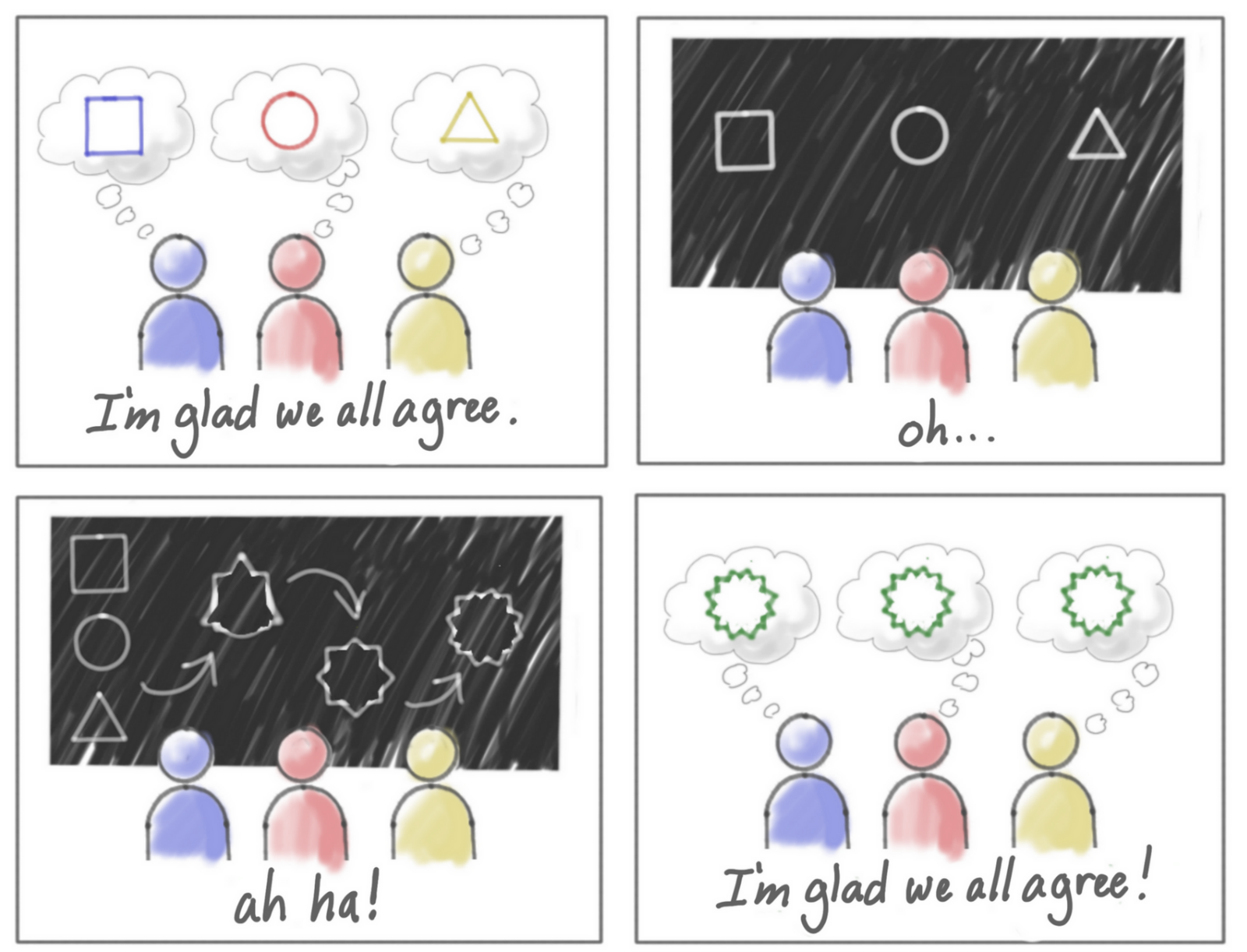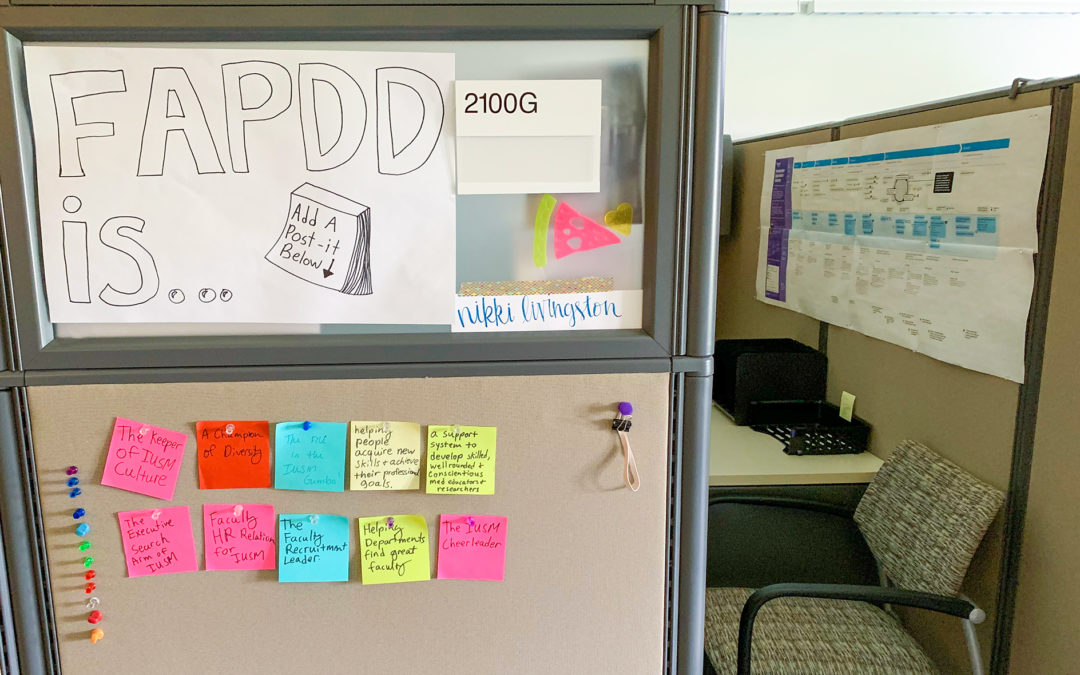After attending Indy Design Week 2019, I was inspired by the simple and powerful application of visual communication design. How many times have you been in meetings where you walk away thinking everyone is on the same page, only to find out later that was not the case?
As communicators, we are constantly trying to translate concepts in a way that is accessible and consumable. Though, achieving that is harder than it seems. Since we already have the idea in our head, we might not understand that our stakeholders or audience operates from a different context.
The “Exact Instructions Peanut Butter and Jelly Challenge” is a fun example of how frustrating it can be when you think you are providing clear, direct communication when in practice, you don’t get the desired outcome.
All of that shows that despite our best efforts, we may find ourselves not communicating what we think we are to our stakeholders, audience, teams, and colleagues. Even when we think we agree, in reality, we might have different ideas.
Sometimes, we forge down a path only to realize an unspoken/hidden idea was better than the original. The core issue isn’t how to make a peanut butter and jelly sandwich. The core issue is what the kids are going to eat for lunch. What if I spent all that time emphasizing to my husband that he needs to make a peanut butter and jelly sandwich, but instead, he found a cool recipe on Pinterest for a peanut and jelly pizza topped with strawberries and blueberries?
Put those ideas on paper or, better yet, a post-it note!

Visualization exercises reveal unexpected insights into how we frame ideas, communicate, and solve problems. Collaborative story mapping, the act of making ideas visible – representing situations as visual interconnected systems composed of nodes and links – can convert unproductive discussions into effective working sessions that foster clarity, engagement, and alignment. It helps people become clear about what they mean, be engaged as the concepts become relevant to them, and aligned to create a shared picture of what is and what could be. Additionally, everyone who participates is a contributor, which allows them to see how their ideas fit into a larger one.
Tom Wujec has a great example of this in his Ted Talk, “Got a wicked problem? First, tell me how you make toast.” His example is focused on system modeling. But you can use visual story mapping to help answer the following:
- What are our priorities?
- What defines us as an organization?
- What are our internal communication needs?
- What kind of intranet is best suited for our organization?
The list of questions that visual story mapping can help with is vast.
Design the flow of ideas
As marketing and communication professionals, we are in a unique position “design” the flow of ideas in our organizations. Design thinking doesn’t just apply to making a brochure or a product but also to how we design and shape the ideas, concepts, and processes within our influence areas.

